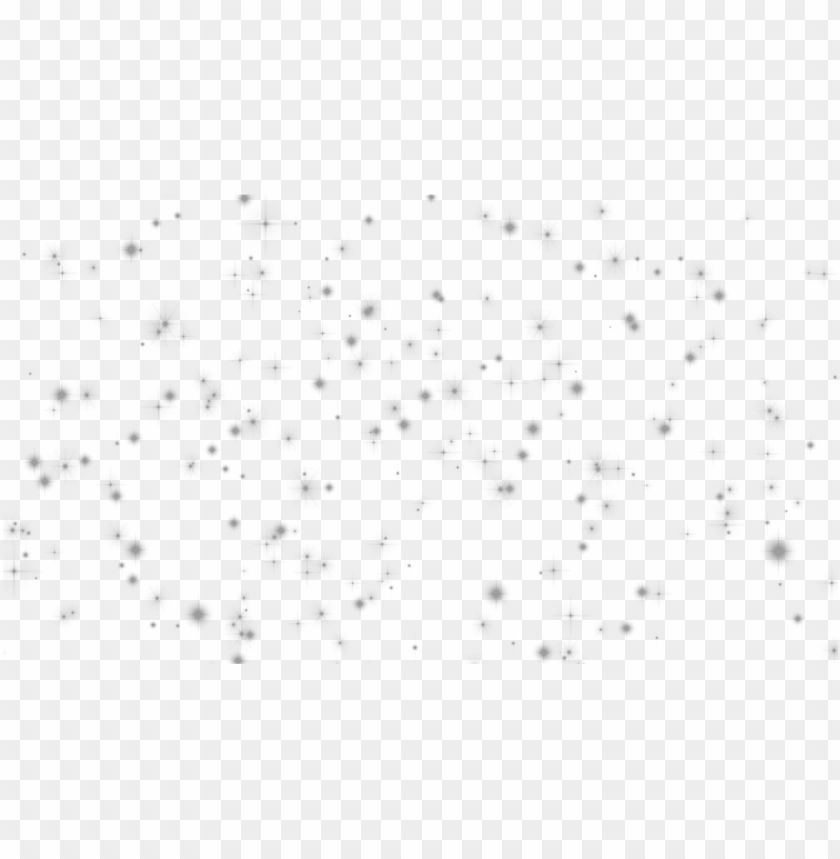
I then “feathered” the mask so that it will blend the layers without a harsh transition by applying a 6 pixel gaussian blur to the mask. I used the marquee selection tool ( ) to select the whole area and then using the fill tool ( ) I just clicked in the selection to fill it black in one fell swoop. I could have painted black all over the lake, but I had a faster idea in mind. I switched the fg/bg colors back to (Black/White). To clean up the mask, I switched to the paintbrush ( ), hit “x” in the mask image to switch the foreground and background colors (Black/White to White/Black), selected a nice opaque brush in the Brushes dialog and painted the few pixels of the sky white that hadn’t been turned white (the darkest parts of the clouds). You only need to approximate this, since we’re going to clean up the mask anyway. Retry or adjust the selection using the number controls in the dialog box until the display shows most of the pixels you want to preserve as white and all the rest black. In the threshold histogram, click and drag to the right to select all the pixels at the upper end of the scale. In the duplicate, run a threshold filter ( Image -> Colors -> Threshold). Step 5 ¶įlatten the duplicate ( Layers -> Flatten Image). Fortunately we can apply a simple extension to the above technique to protect the highlights. You might be able to apply a contrast mask to counteract this effect, but in most cases it is the highlights that are the most troublesome in that they have lost detail. Tip: Protecting Highlights with a Layer Mask ¶Īlthough I like the effect, there is one problem with this technique and that is that it also increases contrast: the shadows get darker and the highlights get lighter. Similarly, turn off the Background layer if you want to view the overlay to do further work on it. Voila! If you don’t like the effect, you can undo the blur ( Ctrl+Z) and redo it ( Shift+Alt+F) with a different value.Ĭlick on the “eye” next to the Blur Overlay layer in the Layers dialog to rapidly compare the image with and without the overlay. You will need to experiment to find the best value, but typically a value between 10 and 30 will do nicely. Go back to the image window and right click, selecting Filters -> Blur -> Gaussian Blur. Just click on the “eye” next to the upper layer. Tip #2: while the Levels dialog is active you can toggle visibility of the upper layer to see the original image and compare to the blend. Tip: If you don’t get a good effect with Overlay mode, try Multiply mode (you can even change this while the Levels dialog is active). You are only adjusting the upper layer, but you are viewing the cumulative effect of the layer blend. You’ll usually find it necessary to adjust the gamma slider (middle slider in Levels) down. Now go back to the image window and apply a Levels ( Image -> Colors -> Levels) or Curves ( Image -> Colors -> Curves) and adjust it until the overall image has the proper brightness. In the “Mode” drop-down box, select “Overlay”. In the Layers dialog, select the Blur Overlay layer. This step is not strictly necessary, but it is helpful to prevent confusion about what is on each layer, especially if you add some additional layers for other editing purposes, or more importantly, if you save the file with layers and open it six months later.

Now double-click on the duplicate layer and rename the new layer “Blur Overlay”. Right-click on the Background layer and select Duplicate (there is also a button for this in the bottom button bar of the Layers dialog ( ).
#BLUR OVERLAY WINDOWS#
Open the Layers dialog (if it is not already open, it can be accessed through: Windows → Dockable Dialogs → Layers). Here is the original example image, loaded into GIMP. I adapted it for GIMP from a Photoshop tutorial on the web site (great photography web site BTW I recommend it). Giving credit where credit is due: I did not come up with this method. The basic technique is to create a duplicate layer in the image, lighten it and blur it, and combine it using a layer mode with the original. This is an interesting technique that intensifies and saturates the colors in the image, increases contrast, and adds a slightly hazy, “dreamy” feel to the image.
#BLUR OVERLAY HOW TO#
In this tutorial I’ll show you how to do gaussian blur overlays using GIMP. Jeschke and may not be used without permission of the author. Text and images Copyright (C) 2002 Eric R.


 0 kommentar(er)
0 kommentar(er)
